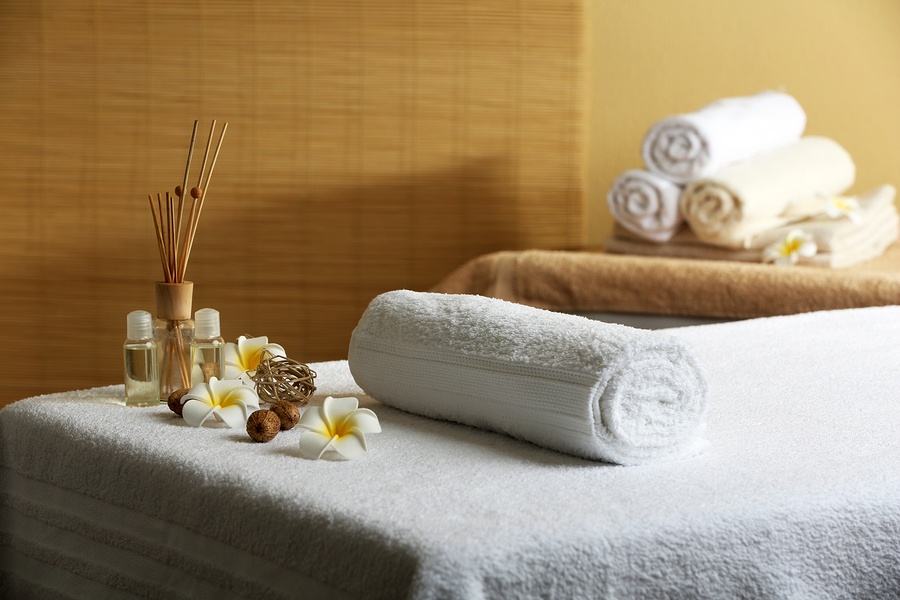 Just as the human body has a very specific anatomy that only varies slightly from individual body to the next, so does a massage session. If you are going to become a massage therapist, you might be wondering what the various necessary components are to most standard massage sessions.
Just as the human body has a very specific anatomy that only varies slightly from individual body to the next, so does a massage session. If you are going to become a massage therapist, you might be wondering what the various necessary components are to most standard massage sessions.
- Introduction / Meet & Greet: When your client first walks into your massage environment, you want to present a positive and happy attitude to assist in guiding their energy towards a relaxed and uplifted place.
- Paperwork / Check-In: In most cases, you’re going to want to have your customer fill out a basic worksheet detailing any known medical issues, seeking to learn about the specific pain or discomfort they are experiencing. In this phase, be sure to find out if your client has received professional massage treatment previously and if so, what the frequency of that treatment has been.
- Hand-off / Room Entry: If you are in a larger facility, someone else might be doing the registration process and will then hand off the client to you as the massage therapist. In the case where you are operating a freelance practice or where you are the only person in the studio at the time, you’ll be greeting and welcoming the client to their room.
- Environment Test: While indicating to the customer that it is your goal to make the environment perfect for them, use your own professional guidance to make educated assessments about the state of the studio. Is it drafty? Is it too hot or is the air stagnant? Many environmental issues can be fixed with only minor modifications.
- Manipulate Environment: Make any logical modifications to the massage environment to ensure it is as comfortable to the client as possible.
- Ask Questions: Some clients will appreciate some quiet music or some ambient sounds, while others will want near-complete silence. Ask the client questions about the environment and then depending on the answers, try to give the customer the environment that they request.
- Reiterate Details: Take a moment to repeat the details you’ve received from your client and make sure you didn’t misunderstand anything. By letting the client know they were heard correctly, you prepare them for even greater peace of mind. Make sure you’ve asked them about their trouble areas and what level of pressure they prefer.
- Check Readiness: The final step to ensuring you are entirely on the same page with your client, and once they are fully situated on the massage table ask them if they are prepared to begin. It might seem like a trivial step, but it shows respect and also helps to bring the energy to a relaxed and comfortable place.
- Massage Phase: depending on the type of massage service discussed and desired, begin to give that treatment. While massaging your client, try asking a few questions about the pressure and various other environmental elements to make sure you haven’t gone astray of the client’s wishes.
- Resolve: After the massage, you’ll want to offer your client a glass or bottle of water and some time to get back in order. Leave the massage area and allow them time to put clothing back on and come back to a fully alert state.
Payment collection was not specifically added to this walk-through, due to the fact that it can be inserted in the beginning or the end of the treatment, as preferred by the studio or establishment offering the service. Obviously, this guide is not going to be universally applicable to every single massage studio or institution, but it is a great start.
For additional information about what to expect during a massage session please contact our massage school clinic.




